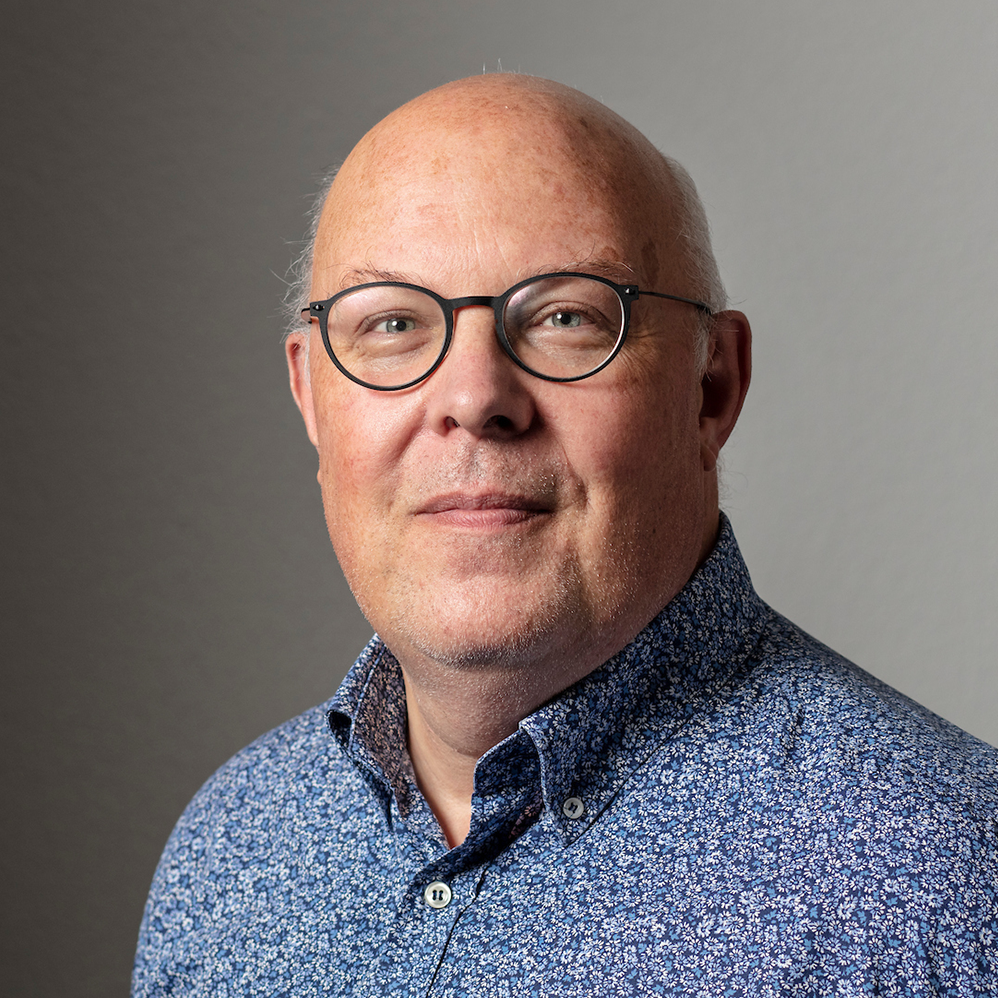
A winning formula

The Swiss political scene has changed considerably since the "Magic Formula" - which divides cabinet seats among the four main parties - was introduced in 1959.
It shared out cabinet posts in a way that mirrored the linguistic and political landscape of the time, but four decades later it no longer reflects the parties’ share of the vote.
The division of seats (four for German speakers, three for Latins) still corresponds to the linguistic composition of the country.
In the last federal census in 2000, 63.9 per cent of Swiss were German-speakers, and 26.6 per cent spoke one of the three Romance languages – French, Italian or Romansh.
But the rise of the rightwing Swiss People’s Party, and the decline of the Christian Democrats, means the Magic Formula is now out of sync with the parties’ electoral support.
Under the formula, three of the four main parties – the Social Democrats (centre-left), the Radicals (centre-right) and the Christian Democrats (centre-right) – each have two cabinet seats, while the Swiss People’s Party has one.
When the Magic Formula came into being in 1959, voter support for the Radicals was 23.7 per cent, the Social Democrats 26.4 per cent, the Christian Democrats 23.3 per cent, and the Farmers (predecessors of the Swiss People’s Party) 11.6 per cent.
Balance of power
The balance of power remained more or less the same until the beginning of the 1990s, when the Christian Democrats began to lose support and the People’s Party started gaining strength.
Since the last federal election, the People’s Party has become the largest in terms of the popular vote with 22.5 per cent. That puts it marginally ahead of the Social Democrats (with 22.48 per cent) and the Radicals with 19.93 per cent. The Christian Democrats have seen their support dwindle to 15.78 per cent.
The People’s Party’s improving electoral showing has led it to seek a second cabinet seat.
Its strategy has been two-fold: to try and oust one of the weakened Christian Democrats, and more recently to grab a seat from the Social Democrats, who are currently choosing a new cabinet minister to replace Ruth Dreifuss who is retiring.
The Zurich branch of the People’s Party – which leans further to the right than its Bern counterpart – has nominated its own candidate for Dreifuss’s seat, but is seen as having no chance of success.
Legitimacy
The move is significant only because no other major party has ever contested the Social Democrats’ legitimacy in the government.
The other strategy – of gaining a Christian Democrat seat – might have more chance of success in the longer term. However, the People’s Party’s electoral strength is based only on the percentage of the voters; when translated into parliamentary seats, this advantage is reduced to almost nothing.
Although the Christian Democrats have seen their overall share of the vote decline, they still have the seats in parliament. Currently they have 35 MPs in the House of Representatives and 15 in the Senate, compared with 44 and seven respectively for the People’s Party.
For the moment then the Christian Democrats are safe. But if they continue to lose ground in next year’s federal elections, they will once again be under heavy pressure from People’s Party to relinquish one of their cabinet seats.
Rumblings from the left
The main challenge to the Magic Formula comes from the rightwing, but the left has also long wondered whether its interests are best served in a power-sharing arrangement with three right-leaning parties.
Some Social Democrats have long questioned whether the party should have pulled out of the government in 1980 and become a “real” opposition.
This question is revisited periodically, particularly after what are seen as “problematic” elections, such as that of December 7, 1983.
A quirk of Swiss politics is that parliament, rather than the party concerned, chooses cabinet ministers. In 1983, parliament elected Otto Stich leaving the Social Democrats’ candidate, Lilian Uchtenhagen, out in the cold.
The Social Democrats saw the decision as a real insult particularly since they had high hopes that Uchtenhagen would become the first woman cabinet minister in Swiss history.
The party voted to remain in government, though, by a majority of 773 to 511.
In 1993, the Social Democrats again saw their (female) candidate – Christiane Brunner – rejected in favour of Francis Matthey from Neuchâtel.
That crisis was resolved after Matthey withdrew to make room for trade union official, Ruth Dreifuss.
On December 4, parliament will elect Dreifuss’s successor. Expect a barrage of protestations from the left if MPs reject the Social Democrats’ candidates, but expect too that the party will stay in government.
swissinfo, Olivier Pauchard
The languages of Switzerland in 2000:
German: 63,9%
French: 19,5%
Italian: 6,6%
Romansh: 0,5%
Others: 9,5%
The division of votes in 1999:
Social Democratic Party: 22,48%
Swiss People’s Party: 22,5%
Radical Party: 19,93%
Christian Democratic Party: 15,78%

In compliance with the JTI standards
More: SWI swissinfo.ch certified by the Journalism Trust Initiative






























You can find an overview of ongoing debates with our journalists here . Please join us!
If you want to start a conversation about a topic raised in this article or want to report factual errors, email us at english@swissinfo.ch.